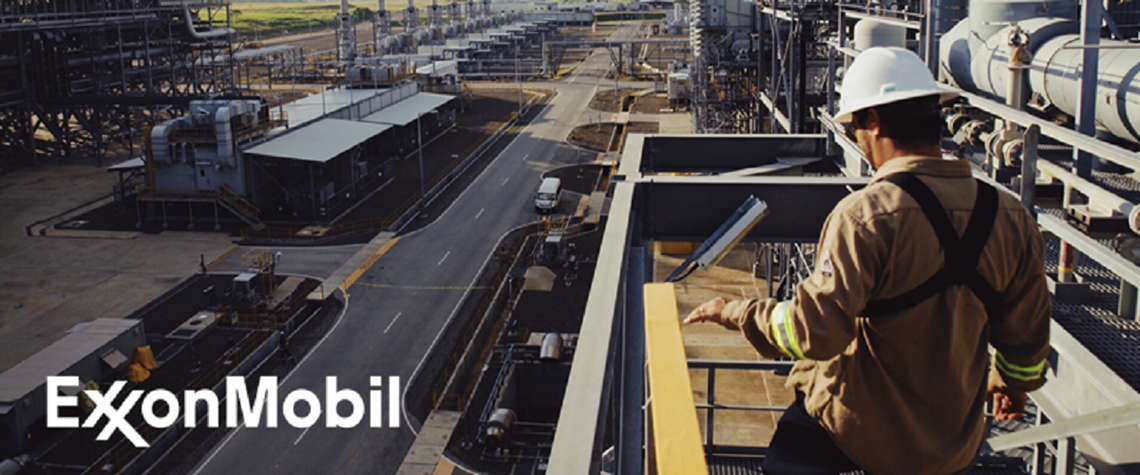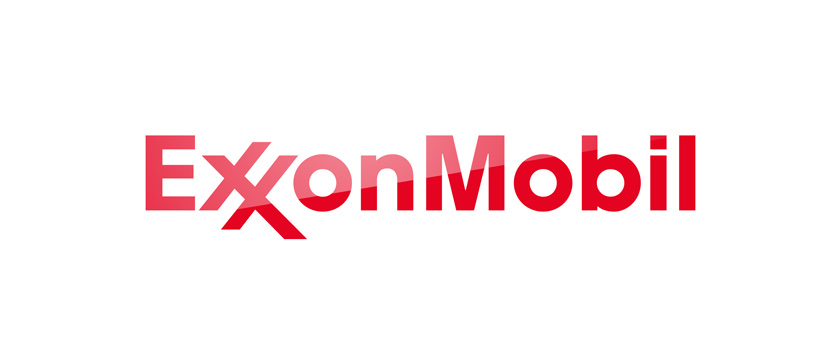You can read more stories like this by subscribing to our monthly LNG to Power newsletter here
The need to provide reliable, affordable energy to support prosperity and enhance living standards is inextricably coupled with the need to do so in ways that reduce impacts on the environment, including the risks of climate change. This is society’s dual challenge and ExxonMobil takes it seriously.
Billions of people need reliable, affordable energy every day, but their use of energy is contributing to CO2 emissions. Progress on society’s energy and climate objectives requires practical approaches and new technology solutions that enable human development and economic progress.
For over 60 years, the LNG industry has demonstrated and delivered innovation in the delivery of natural gas. The ultimate goal is to achieve the lowest cost of gas supply to produce LNG.
Two big levers are:
1) energy efficiency in operations
2) capital cost and execution efficiency
Competitive market pressure calls for pulling both levers so that natural gas and LNG can continue to be part of the solution to the dual energy challenge.
Below is a summary of a paper prepared by ExxonMobil outlining the trends in “Efficiently building more efficient plants”. The full paper can be accessed here.
Energy efficiency
Liquefaction of natural gas is a highly energy intensive process, driven primarily by large refrigeration requirements. Much effort has been applied to increase LNG process efficiency through choice of process components and refrigeration compression drivers.
In addition, the industry has also concentrated on how to design and deploy LNG technology for ‘execution efficiency’. No stone of the LNG value chain is left unturned.
Ultimately, LNG competes as a commodity against other forms of energy. So overall cost of supply (COS) is critical to the market share that LNG can obtain and sustain.
Among the technical dimensions considered in designing an LNG liquefaction plant are:
· LNG process efficiency as measured by ‘specific power’, i.e. the power needed to produce each unit of LNG [1].
· Availability, as a percentage of the year a plant can produce LNG. Availability is largely driven by the choice of refrigeration compressor drivers & their maintenance cycle.
· Capital cost for a unit of production. For example, ‘cost per million ton per annum’, often expressed as $/mn t/yr.
Overall energy efficiency can be benchmarked by the total energy for natural gas liquefaction divided by the LNG produced. Of course, the better the energy efficiency, then the lower the CO2 intensity and greenhouse gas (GHG) emissions for the produced LNG.
Execution efficiency
The overall cost of a project is a function of the cost of its process equipment & turbomachinery. But the discussion is usually dominated by direct and indirect costs associated with bulks such as piping, steel, cabling, and concrete, not to mention construction support infrastructure.
As LNG practitioners, we need to understand the tradeoffs and inflection points in execution which lead to capital cost. The importance of the designer’s sensitivity to avoid inadvertently driving up bulks and capital cost can be seen if one references spiking capital costs indices like IHS Markit’s upstream capital cost index (UCCI).
Over the decades process efficiency, as well as its associated ‘intensification’, and execution efficiency have gone hand in hand. Process intensification tends to directionally improve execution efficiency—more process service is accomplished while constructing less tonnage of facilities.
Usually, ‘bulks’ for installation are reduced with an attendant reduction in work hours. In addition, process intensification tends to move labour hours to an offsite fabrication facility where productivity is higher.
Reducing execution cost and cost risk
A question behind efforts for innovation and cost reduction should be “can we reduce quantities?”, as quantities drive total labour.
One conventional wisdom is that putting process facilities into modules costs more since it adds quantities such as structural steel. This may be generally true, although it is often offset to a degree in savings in other direct cost categories (e.g. concrete, piping).
Furthermore, through a ‘design one, build many’ (D1BM) process in a factory-type setting, there may be enhanced labour productivity and fewer direct hours—since a trained work force will be working in a production mode.
Finally, owners of facilities value both qualitatively and quantitatively the economic benefit of a lower risk of site costs ‘blowing out’ on the high side. This is a particular concern executing a project in a remote location, where skilled labor may be in short supply and the supply chain may not keep the site productive. With proper system design and execution planning, the debits of increased ‘packaging’ may offset the cost of ‘stick-building’ in a remote location.
Secondly, directing work to where labour can be more productive may entail reduced indirect costs pertaining to infrastructure investment. Building remote LNG plants may require camps, temporary fabrication facilities—even, in some cases, material offloading facilities, roads, bridges, and an airport. Incorporating prefabricated components may save in site infrastructure investments.
And thirdly, total labour and work could be minimised with proper value engineering. This can be most readily appreciated by the minimization of engineering hours for liquefiers that are D1BM.
Short and longer-term challenges
2020 has certainly been an unprecedented year for our global community. The year began with financial challenges in the energy markets and was further strained after 11 March, when the World Health Organization declared the Covid-19 outbreak a pandemic. This global health crisis rapidly turned into an economic crisis as well.
Eventually, we will get through these challenges. In the longer term, however, we will still face the dual challenge of meeting the growing demand for energy while, at the same time, reducing environmental impacts. More efficiently produced LNG will provide an energy option on the road to resolving the dual challenge.
Note:
Chris W. Sparling, process engineering advisor, ExxonMobil upstream integrated solutions
Chris has 30 years’ experience in engineering, operations, technology commercialisation and global project execution, including commissioning, start-up and facilities debottlenecking. He has held positions of increasing responsibility including project engineer, engineering manager and advisor on assignments in Canada, Qatar, USA, Japan, Indonesia and France on projects from conventional oil and gas through LNG and Canadian oil sands. On two occasions, Chris has been loaned to ExxonMobil’s partners to support their project execution, with the most recent being the Coral South FLNG project, operated by Italy’s Eni, as facilities lead for the liquefaction topsides modules.
Chris earned a BSc degree in chemical engineering from the University of Alberta, Canada, in 1990.
Don Victory, chief process engineer, ExxonMobil upstream integrated solutions
Don has 39 years’ process experience in research, operations, engineering, and project management, had assignments in Malaysia and Russia, and has supported numerous international gas development projects. From 2009 to 2018 Don led the engineering team responsible for process design, safety engineering, and conceptual engineering for ExxonMobil’s major upstream projects including business lines as diverse as LNG and heavy oil. Don was co-founder of the company’s layout centre of excellence and cryogenics centre of excellence.
Don earned a BSc degree in chemical engineering from the University of Connecticut in 1981.









Comments